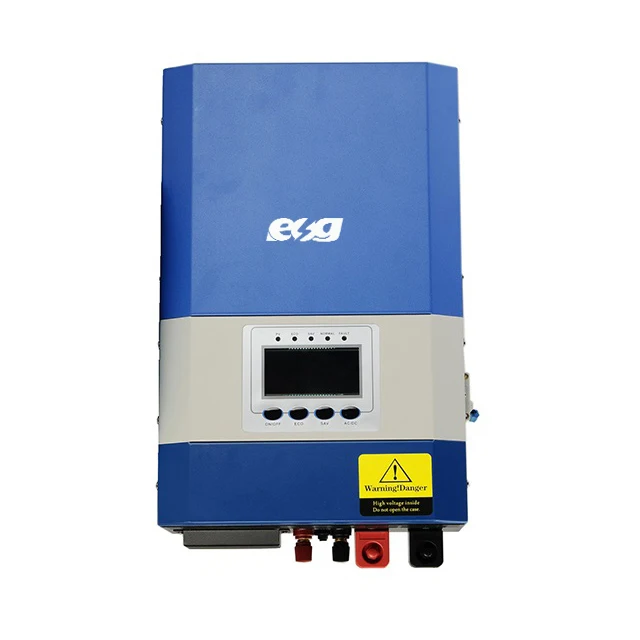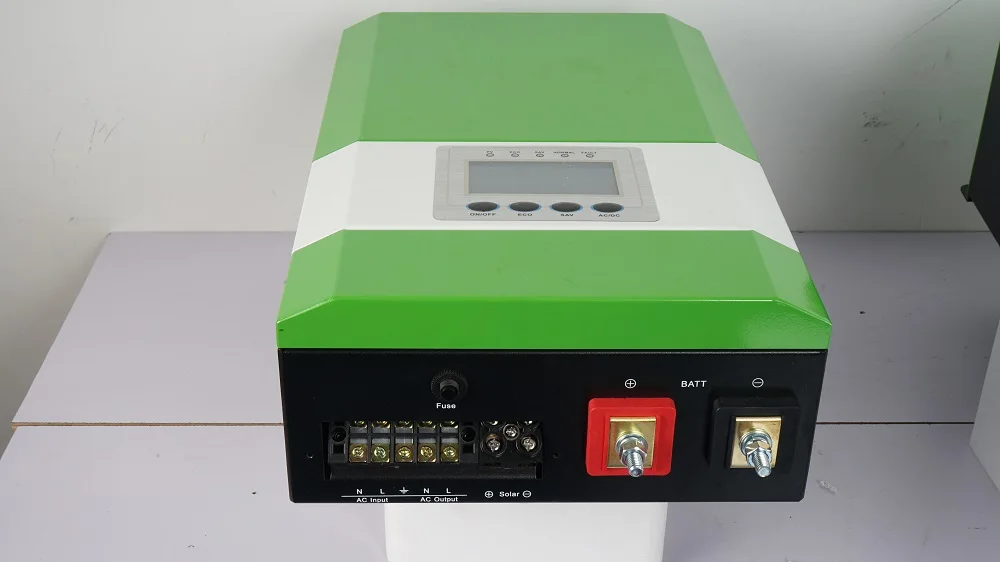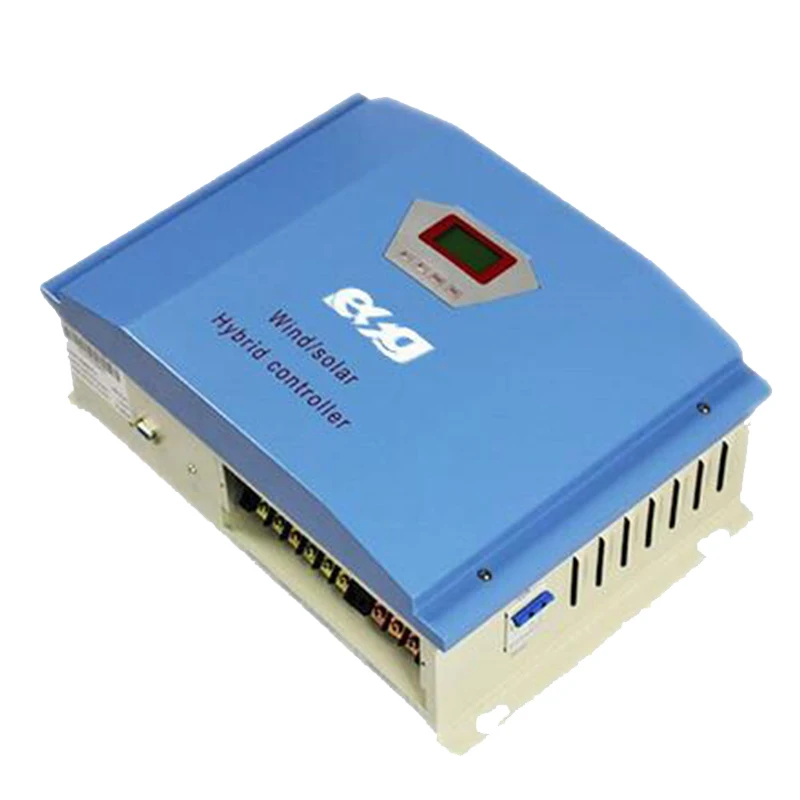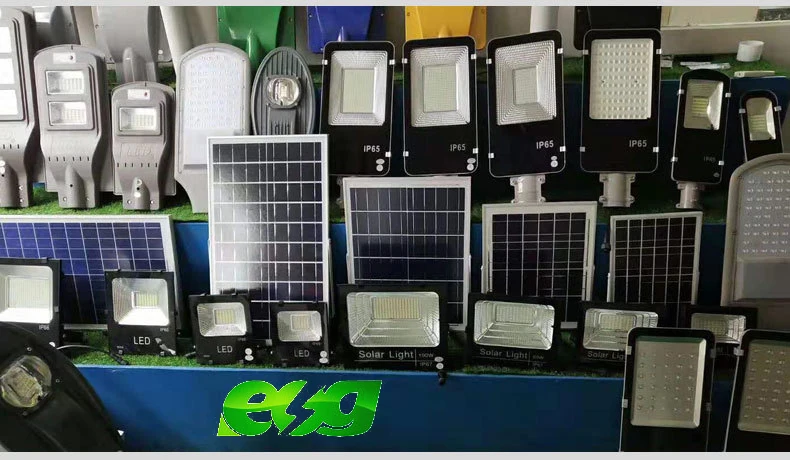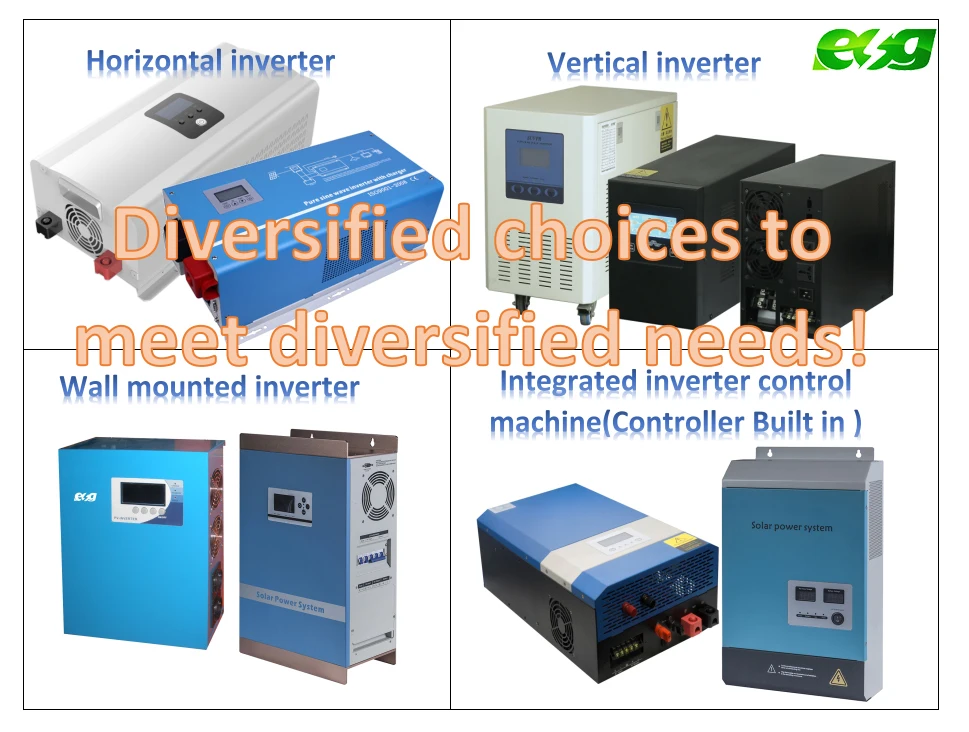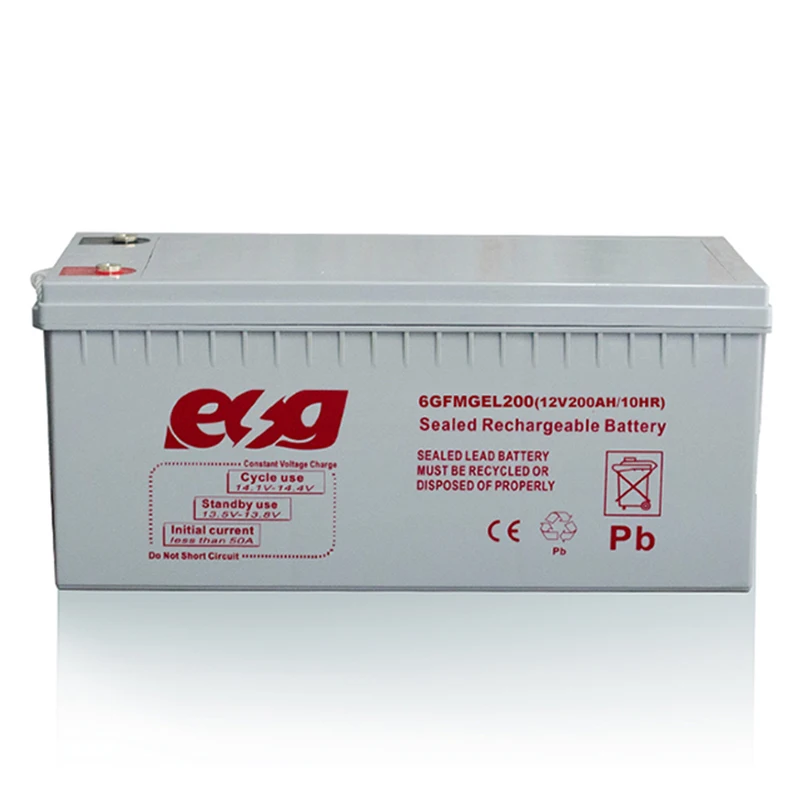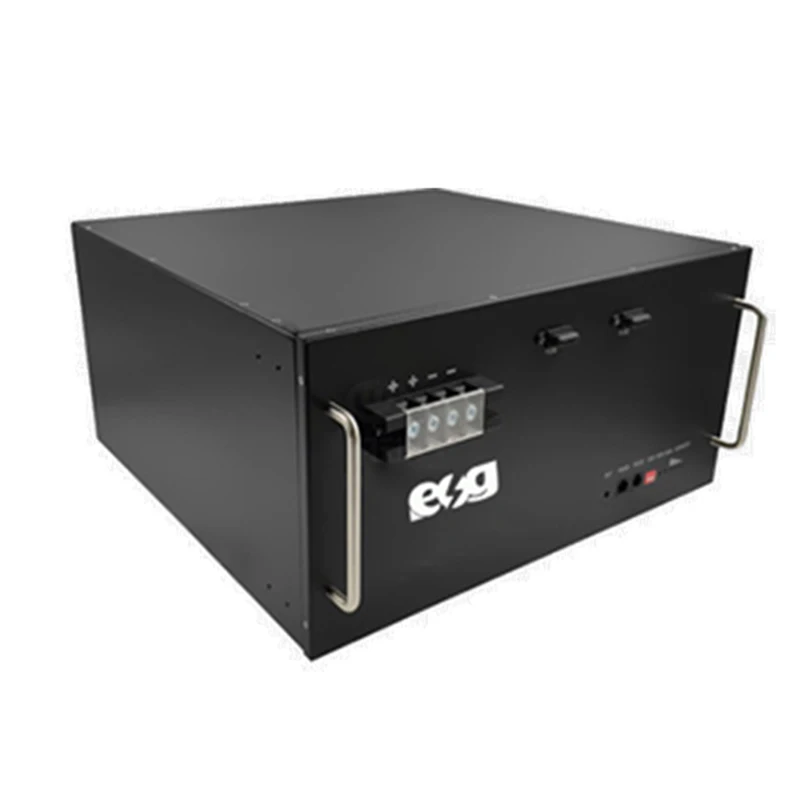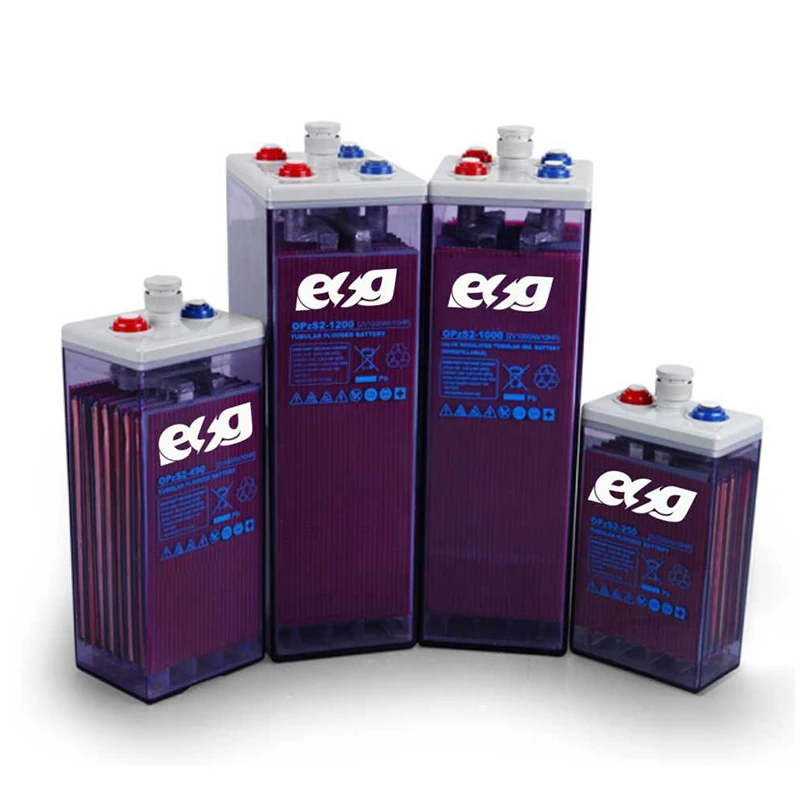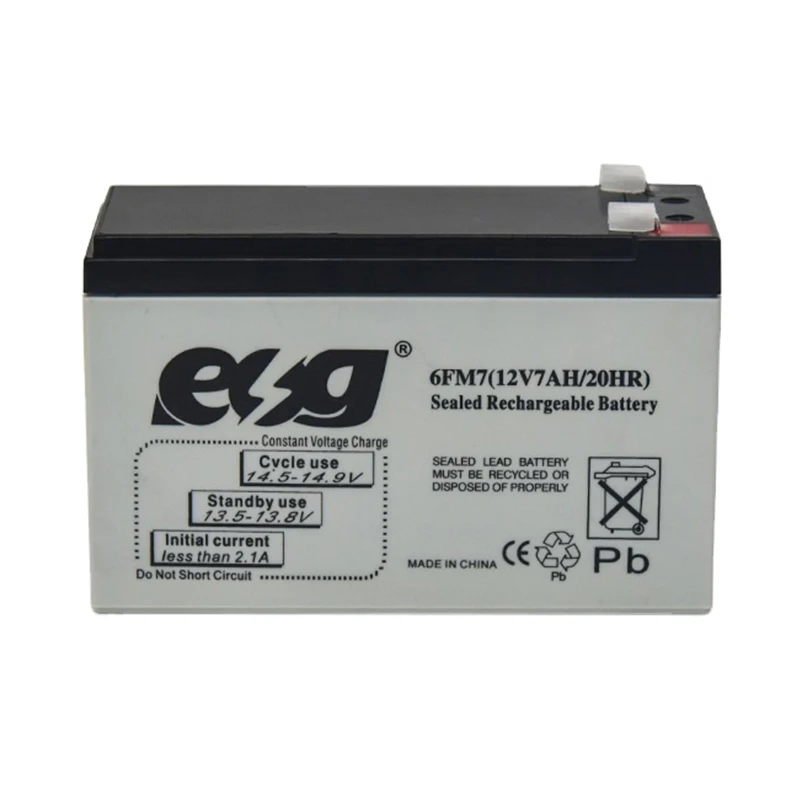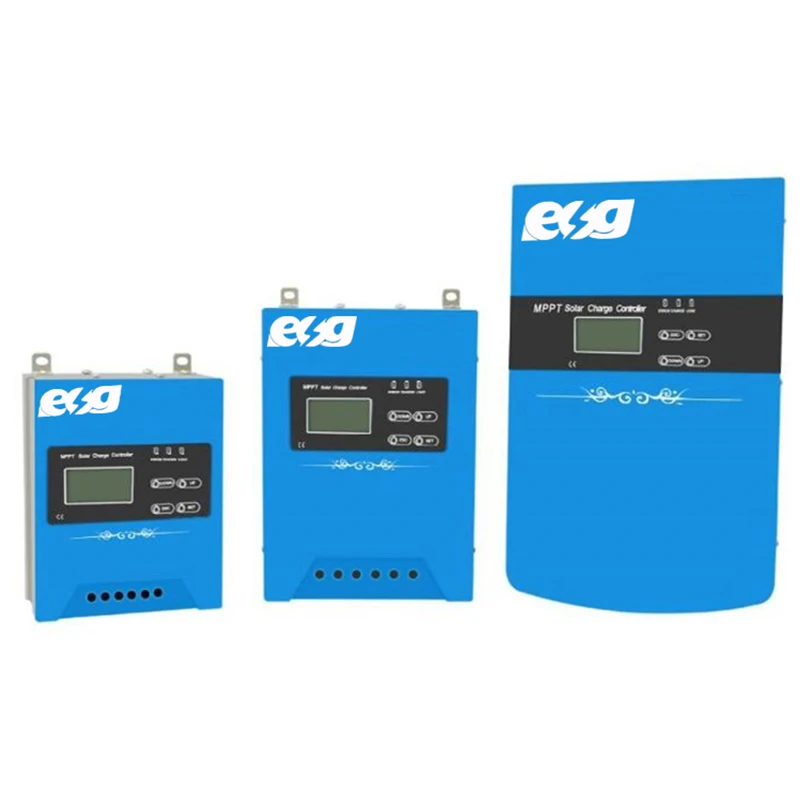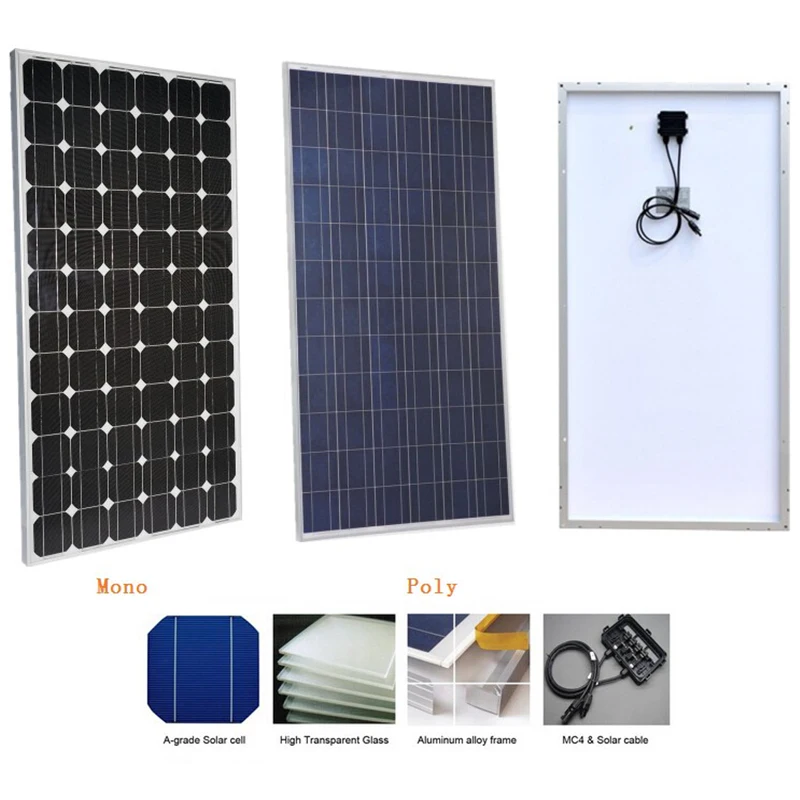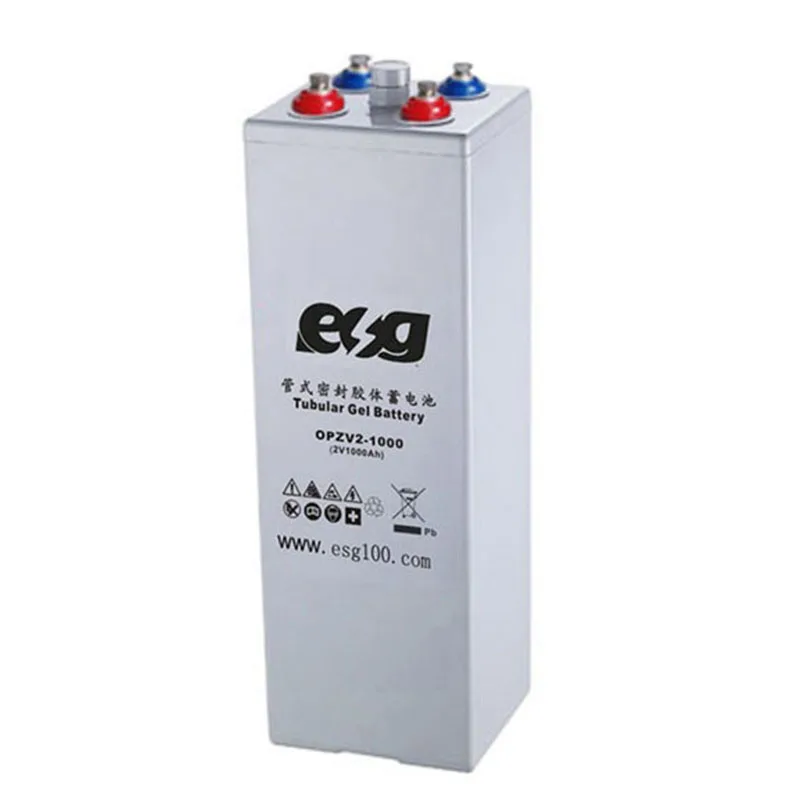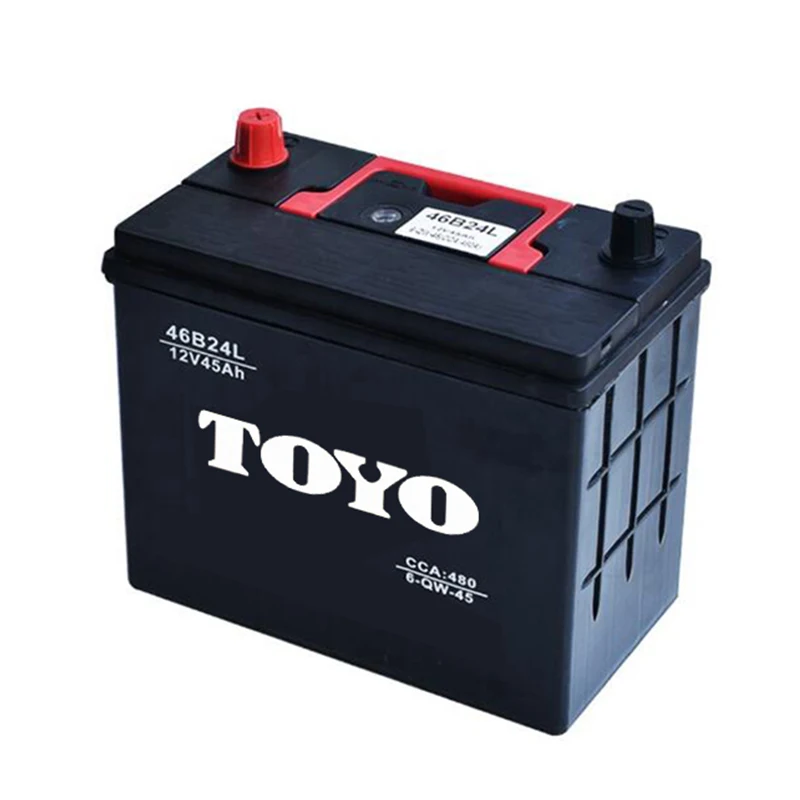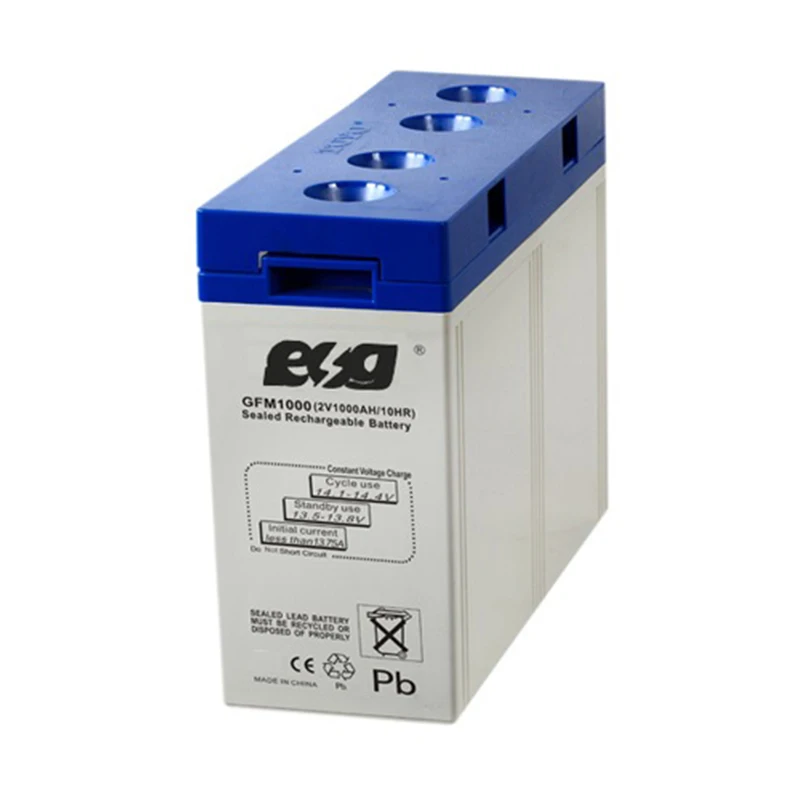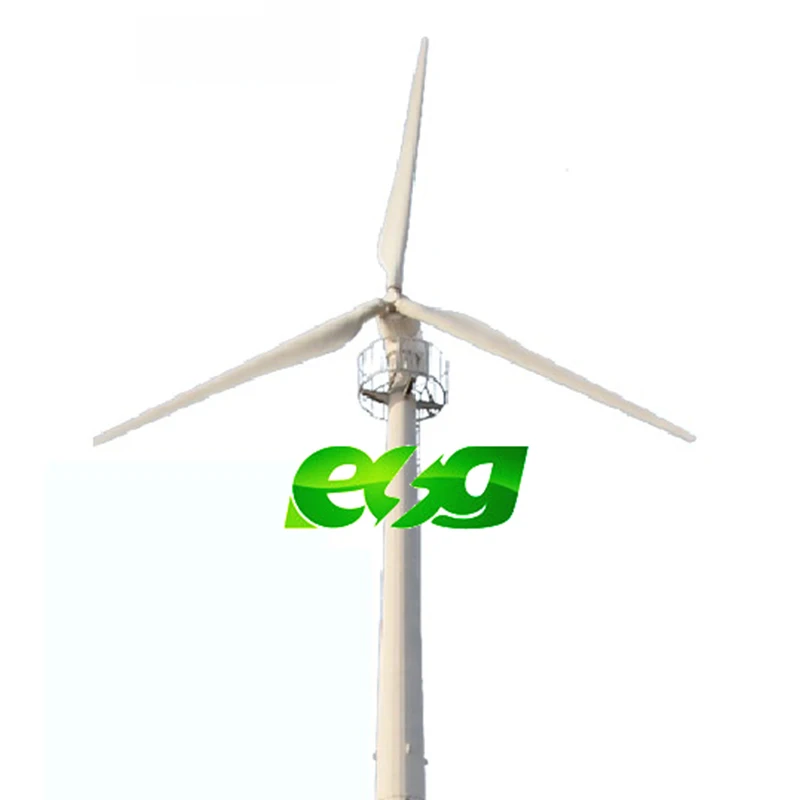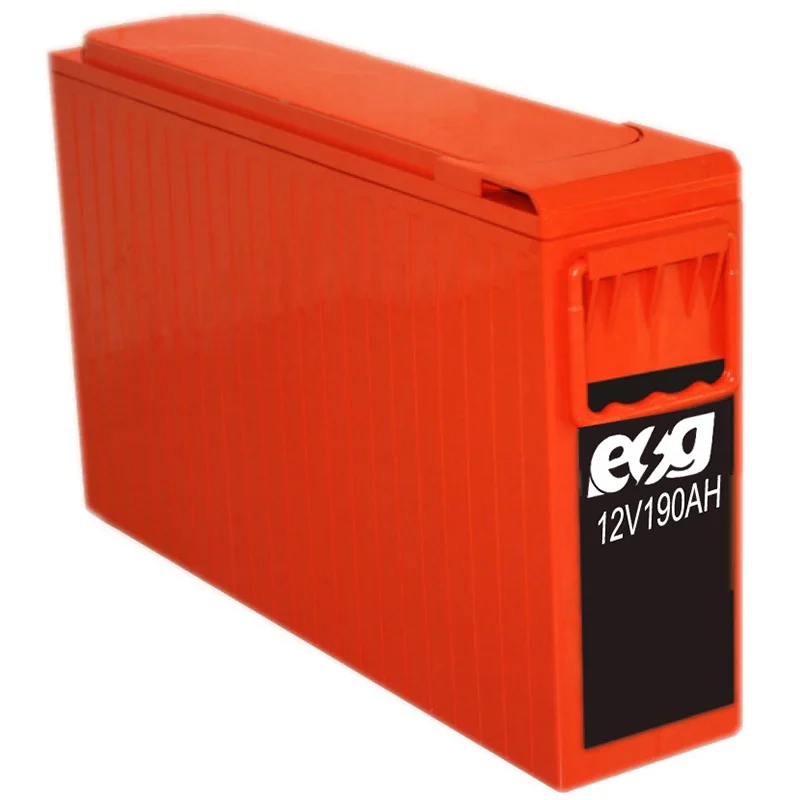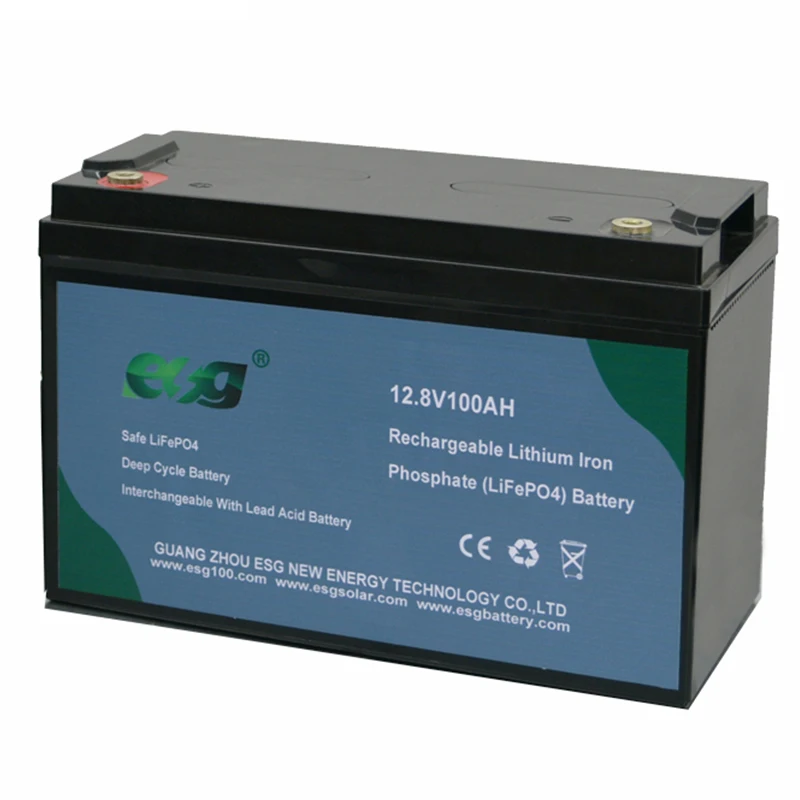3kw 24V DC solar power inverter with UPS function for hybrid solar system

3kw 24V DC solar power inverter with UPS function for hybrid solar system
Use On Solar System
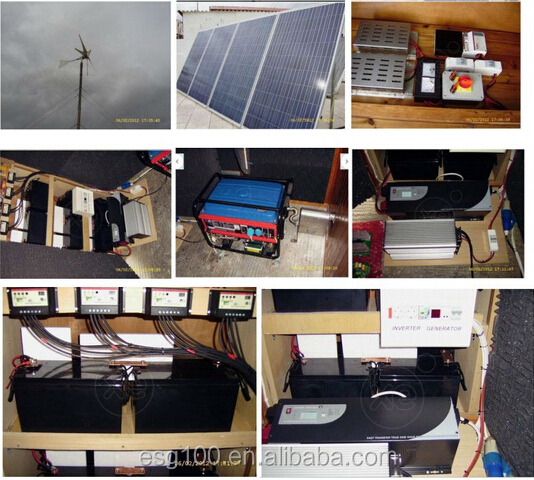
3kw 24V DC solar power inverter with UPS function for hybrid solar system
Features
Soft start capability for starting heavy loads
New power factor corrected (PFC) charging
Available in 1000 and 3000 watt models Utility grade, sine wave power
Durable construction for long life under extreme environmental conditions
70 amp automatic three-stage battery charger (bulk, absorption, and float)
battery equalization with remote temperature sensor for increased performance
Low idle current (less than 1 watt) conserves energy when no loads are present
Built-in starting control circuits for two- and three-wire generator starting systems
New digital display shows kilowatts (kW) when inverting and amps (A) when charging
Better thermal performance allows full output power to 50°C (122°F) without de-rating
High surge capacity starts more difficult loads and handles overload conditions reliably
Simplified controls with a snap-on cover that protects settings from being accidentally changed
3kw 24V DC solar power inverter with UPS function for hybrid solar system
Technical Parameter

3kw 24V DC solar power inverter with UPS function for hybrid solar system
Different Socket

Inverter Internal Detail

3kw 24V DC solar power inverter with UPS function for hybrid solar system

3kw 24V DC solar power inverter with UPS function for hybrid solar system
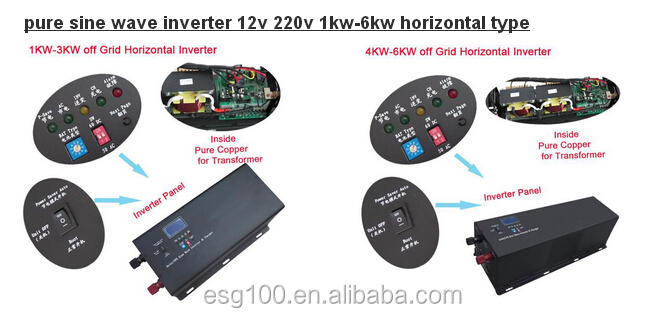

3kw 24V DC solar power inverter with UPS function for hybrid solar system


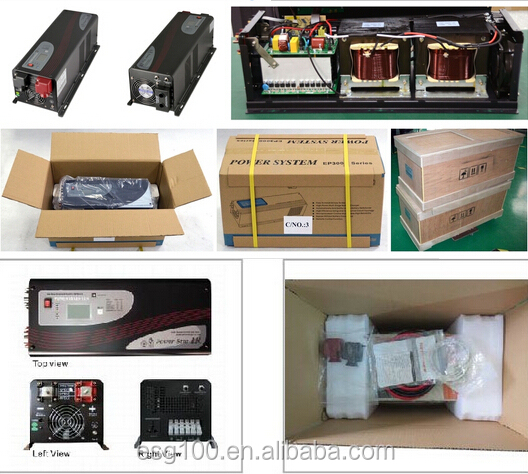
Dc to Ac Inverter Packing:
Neutral Export CTN, With Foam Inside;
additional charge for wooden packing;
Packing Size:755x319x288mm;
Packing Weight:38.4KG
3kw 24V DC solar power inverter with UPS function for hybrid solar system
Guangzhou ESG New Energy Technology Co. Ltd
specializes in solar energy system. We have a professional chain producing green energy batteries, solar panels, solar controllers, pure sine wave inverters etc.
Our factory has long history of 29 years and now has 3 brands in China. ESG was established in 2013 - the newest brand specialized in solve green energy project. ‘as long as you want, we can do for you!'.
In the modern century, with less and less non-renewable energy, we are really keen to work with you on renewable solar energy system area. Please just click to www.esg100.com or www.esg-battery.com contacting with us, we will always stand by for you.

3kw 24V DC solar power inverter with UPS function for hybrid solar system
Our Clients Feedback

3kw 24V DC solar power inverter with UPS function for hybrid solar system
Our Service & Advantages
1. Competitive Price. Our factory is with history of 29 years, we have good advantage on prices. Our boss has 2 factories and 5 producing areas: (1)Solar Batteries & system Manufacture (2)Wind Hybrid Manufacture (3)Solar Panel Manufacture (4)Inverter Manufacture (5)Controller Manufacture
2. High Quality. We will do at least 5 different tests to 100% guarantee that all the systems are ok to output without any quality issues.
3. Standard Certifications. All of our products (including raw materials) have got CE, TUV, CMA, CNAS, ISO, SGS, PV, etc, approved.
4. OEM Service. If you want, we will help you to print your OEM logo on the outer product case without extra cost, and supply free sample for Anern products.
5. Best After-Service. Our special after-service team will be on line for 24 hours so will help you if any problems about shipped-out products.

3kw 24V DC solar power inverter with UPS function for hybrid solar system

Our services
1. Rich production experience, because our factory has a long history of more than 31 years.
2. Competitive Prices, because our factory has a complete production chain, especially including a production line of the most important raw material Lead Plates. That much reduces our production cost.
3. High Quality, Strong R&D team, Strict QC & QA system
4. Faster Lead Time, because we have more than 10 production lines, and semi automatic production equipments are used in our production lines, that make our production faster.
5. Complete certification, our batteries are CE, ISO, IEC certified.
6. High inquiry response rate, timely follow-up customer within 24 hours
7. Alibaba golden seller with 10 years history
8. Professional after sales service, timely and effective handling of customer issues
9. Safe and secure delivery system, we have deep cooperation with fixed professional freight forwarding companies
10. Professional technical team, focusing on product upgrades, reducing production costs from technical level
Power Electronics for Renewable Resource
SOLAR ENERGY
I. Solar Energy Background
The earliest use of solar energy was noted in the 7th century BC, when a magnifying glass was used to concentrate the solar rays to light fire. Since then, solar energy has found numerous applications. The most significant discovery in the field of photovoltaics was made by the French scientist Edmund Becquerel in 1839. While experimenting with an electrolytic cell made of two different metal electrodes placed in an electrical conducting solution, he observed that electricity generation increased with exposure to light. Following this discovery, scientists from Europe and the USA concentrated their efforts on researching solar energy.
Later in 1954, the first commercial silicon photovoltaic (PV) cells were invented at Bell Labs, USA. These solar cells were capable of generating enough solar power to run everyday use electrical equipment. Bell labs then went on to produce 6% efficient and then later 11% efficient PV cells. Much of the research in the 1950s and the 1960s were concentrated in finding more efficient solar cells. Researchers in the field experimented with different materials like silicon wafers, cadmium sulphide, selenium, etc, to achieve higher efficiency. During this time photovoltaic cells were being developed for earth orbiting satellites. In 1964 NASA launched the first Nimbus spacecraft – a satellite powered by a 470 W photovoltaic array.
Later in the 1980s solar power became a popular energy source for consumer electronics devices such as calculators, watches, radios and battery charges. During this same period photovoltaics started to find applications in residential and small commercial complexes. Rooftop applications were a common trend during this time. Currently, solar power is the most popular form of renewable energy source for residential use.
Worldwide, photovoltaics account for 500 MW of power generation with an annual growth rate greater than 20%. In the near future photovoltaic power is expected to become more cost effective and will be almost price competitive with traditional sources of energy. With development and breakthrough in new cell materials and power electronics technologies solar power can prove to be an efficient, environmental friendly and safe means of power.
II. SOLAR PANEL AND IT’S BENEFIT TO MANKIND?
Nowadays, there are plenty of innovations in technology that makes our life comfortable and productive. Actually One of this is the invention was invented long ago but not that yet popular. It is the solar panel that I am talking to which converts sunlight into useful renewable energy.??
Solar panel is a device that makes use of the enormous and unlimited resource of sunlight that the sun gives. We will never worry that electricity will run off or there will be power shortage since sun is very consistent in giving us light energy. It generates power to every household and businesses that are using the solar panel especially those in remote areas.?
Solar panel has no moving mechanical parts so there will be no worries for us to replace, maintain or fix and check the device. It is also the cheapest energy generator rather than subscribing in power companies and pay monthly bills.?
The solar panels also became the number one solution for places where the main problem is electricity or power shortage. And if weight against other renewable energy generators the solar panel is the only the device that produces electricity silently and modestly.?
The solar panel can be place anywhere as long as there is sunlight. No need also to worry about the place to set those solar panels for it could also be placed in your rooftop. The only thing you should consider is the size of the solar panel. It must be proportional to the power you needed in powering up your house. Small solar panels generates little electricity while bigger solar panels generates more powerful electricity.??
Best example to give in using the solar panel is the satellites. Satellites are situated outside our planet with no connection of electrical wiring from Earth. The only power generator that could use there is solar panels.?
III. Two Types of Solar Energy Devices
·SOLAR THERMAL CONVERTERS
Solar thermal converters: Solar thermal converters are the oldest systems of collecting energy from the sun. Thermal converter use dark colored panels and sometimes reflector panels placed on areas such as rooftops, to absorb the heat from the sun.
The panels collect heat which in turn heats fluid, such as oil or water. As this heated fluid travels through the panel, it absorbs the sun’s heat energy and produces hot liquid, or even steam. If steam is produced, the steam turns a turbine, creating rotational energy that is converted into electricity by a generator.
As thermal converters need heat to create energy and require warmer temperatures, they work best in areas closer to the equator.
·SOLAR PHOTOVOLTAIC CONVERTERS
Solar photovoltaic (PV) converters: Solar PV converters convert sunlight energy into electricity. A typical PV panel consists of two or more thin layers of semi-conducting material, which is commonly silicon. PV cells are connected together and encapsulated, to form a module or panel. Incoming solar rays are captured by the solar panels.
When light strikes the silicon, it produces electrons that are conducted away by a metallic grid as direct current (DC). This is then sent through an inverter and converted into alternating current (AC) electricity for use in the home, or at school.
IV. HOW A PV SYSTEM WORKS
Simply put, PV systems are like any other electrical power generating systems, just the equipment used is different than that used for conventional electromechanical generating systems. However, the principles of operation and interfacing with other electrical systems remain the same, and are guided by a well-established body of electrical codes and standards.
Although a PV array produces power when exposed to sunlight, a number of other components are required to properly conduct, control, convert, distribute, and store the energy produced by the array.
Depending on the functional and operational requirements of the system, the specific components required may include major components such as a DC-AC power inverter, battery bank, system and battery controller, auxiliary energy sources and sometimes the specified electrical load (appliances). In addition, an assortment of balance of system (BOS) hardware, including wiring, overcurrent, surge protection and disconnect devices, and other power processing equipment. Figure 3 show a basic diagram of a photovoltaic system and the relationship of individual components.
V. TYPES OF SYSTEMS
Photovoltaic power systems are generally classified according to their functional and operational requirements, their component configurations, and how the equipment is connected to other power sources and electrical loads. The two principal classifications are grid-connected or utility-interactive systems and stand-alone systems. Photovoltaic systems can be designed to provide DC and/or AC power service, can operate interconnected with or independent of the utility grid, and can be connected with other energy sources and energy storage systems.
Grid-Connected or Utility-Interactive PV Systems
Grid-connected or utility-interactive PV systems are designed to operate in parallel with and interconnected with the electric utility grid. The primary component in grid-connected PV systems is the inverter, or power conditioning unit (PCU). The PCU converts the DC power produced by the PV array into AC power consistent with the voltage and power quality requirements of the utility grid, and automatically stops supplying power to the grid when the utility grid is not energized. A bi-directional interface is made between the PV system AC output circuits and the electric utility network, typically at an on-site distribution panel or service entrance. This allows the AC power produced by the PV system to either supply on-site electrical loads, or to back-feed the grid when the PV system output is greater than the on-site load demand. At night and during other periods when the electrical loads are greater than the PV system output, the balance of power required by the loads is received from the electric utility This safety feature is required in all grid-connected PV systems, and ensures that the PV system will not continue to operate and feed back into the utility grid when the grid is down for service or repair.
Stand-Alone Photovoltaic Systems
Stand-alone PV systems are designed to operate independent of the electric utility grid, and are generally designed and sized to supply certain DC and/or AC electrical loads. These types of systems may be powered by a PV array only, or may use wind, an engine-generator or utility power as an auxiliary power source in what is called a PV-hybrid system. The simplest type of stand-alone PV system is a direct-coupled system, where the DC output of a PV module or array is directly connected to a DC load. Since there is no electrical energy storage (batteries) in direct-coupled systems, the load only operates during sunlight hours, making these designs suitable for common applications such as ventilation fans, water pumps, and small circulation pumps for solar thermal water heating systems. Matching the impedance of the electrical load to the maximum power output of the PV array is a critical part of designing well-performing direct-coupled system. For certain loads such as positive-displacement water pumps, a type of electronic DC-DC converter, called a maximum power point tracker (MPPT), is used between the array and load to help better utilize the available array maximum power output.
In many stand-alone PV systems, batteries are used for energy storage. Figure 6 shows a diagram of a typical stand-alone PV system powering DC and AC loads. Figure 7 shows how a typical PV hybrid system might be configured.
VI. CHARGE CONTROLLERS
A charge controller, or charge regulator is similar to the voltage regulator in your car. It regulates the voltage and current coming from the solar panels going to the battery. Most "12 volt" panels put out about 16 to 20 volts, so if there is no regulation the batteries will be damaged from overcharging. Most batteries need around 14 to 14.5 volts to get fully charged.
We have more categories for you. lf you can't find the products you want above,just fill in the form and tell us whatproducts you want to import from China.


